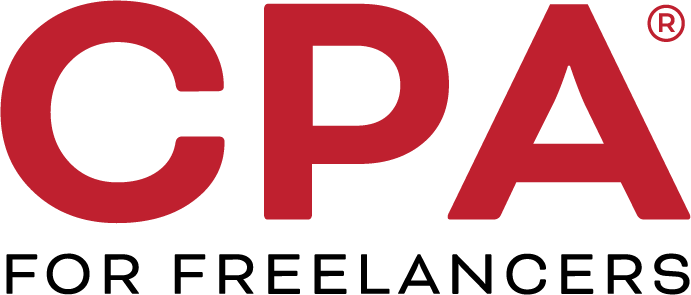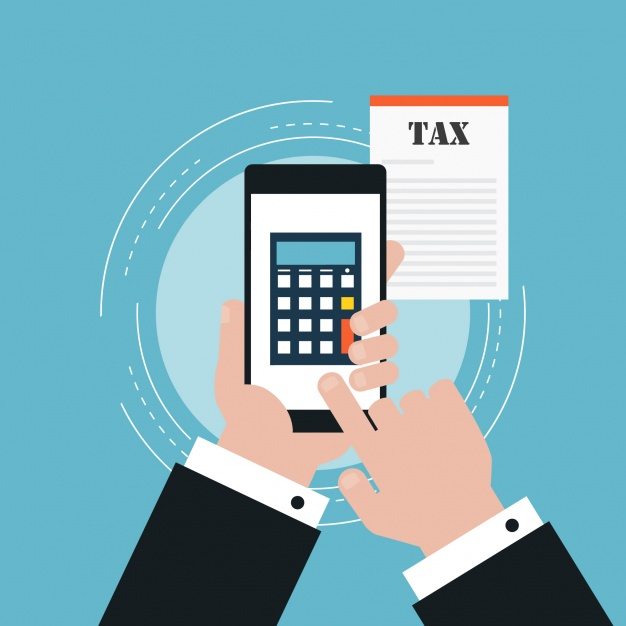A few months ago, we shared advice on how to manage freelance expense deductions using either the traditional itemized deduction approach (which requires receipts for every expense and to-the-penny recordkeeping of each category of your travel expenses) or the per diem method where you use the per-diem rate established by the federal government for its employees traveling to the same destination. If you are using the latter method, then this update is for you because the IRS has released the 2019-2020 special per diem rates.
As a refresher, remember that to keep per diem payments free of income and payroll tax obligations each expense must have a record of its date, place, and purpose. With this proof, you can deduct 100 percent of lodging per diems and 50 percent of meal per diems. You will also need a copy of the federal government’s per-diem reimbursement schedule for each locality that you or any of your subcontractors travel to for the current tax year. If you don’t want to try to keep track of multiple localities, you can choose to set your per diems based on general “low cost” or “high cost” travel destination amounts for the lower 48 states as set by United States General Services Administration or international destinations set by the U.S. Department of State.
Here are the details on the new per diem rates you need to use for 2019 and 2020 tax purposes.:
If your freelance business happens to be in the transportation industry, there are special meal and incidental expense (M&IE) rates which apply to you:
- $66 for any locality of travel in the continental United States (CONUS), and
- $71 for any locality of travel outside the continental United States (OCONUS).
For all other taxpayers using the per diem expense method, these rates should be used:
- $5 per day for any CONUS or OCONUS travel for the incidental expenses only deduction.
If you are using the high-low substantiation method, these rates should be used:
- $297 for travel to any high-cost locality, and
- $200 for travel to any other locality within CONUS.
The amount for paid for meals using the high-low substantiation method is:
- $71 for travel to any high-cost locality, and
- $60 for travel to any other locality within CONUS
If you are using the high-low method you must still substantiate the time, place and business purpose of these expenses in accordance with IRS regulations. In addition, be sure to watch for any future updates for these rates as the IRS may provide additional updates in the future.


